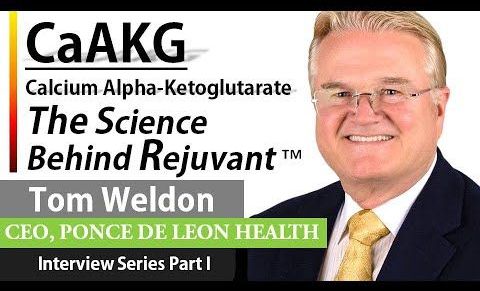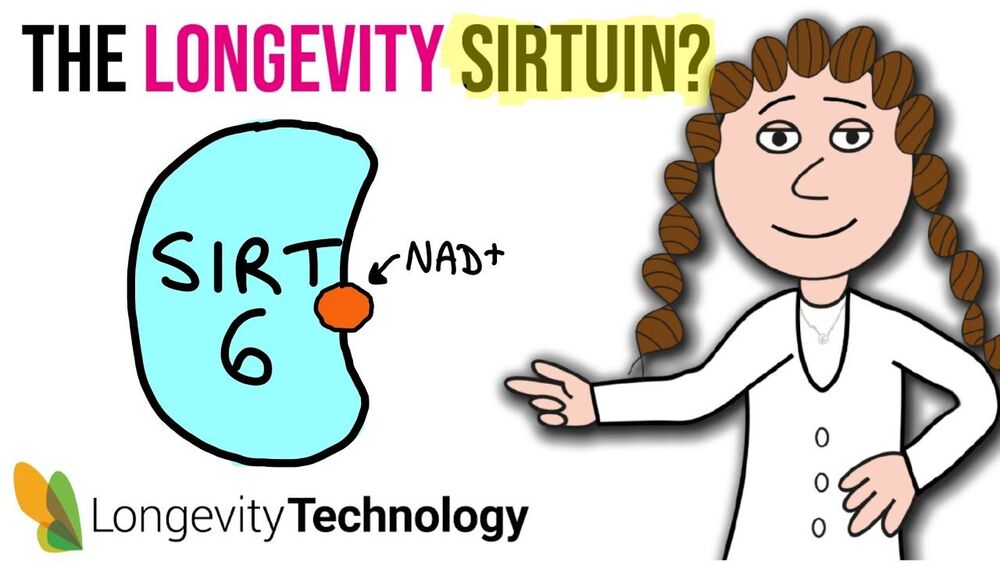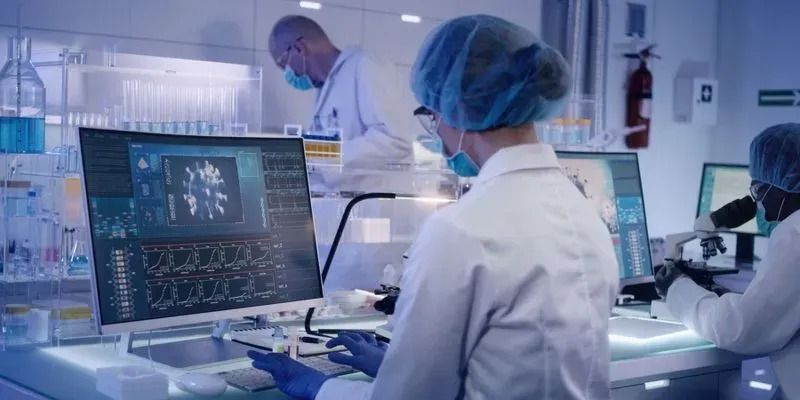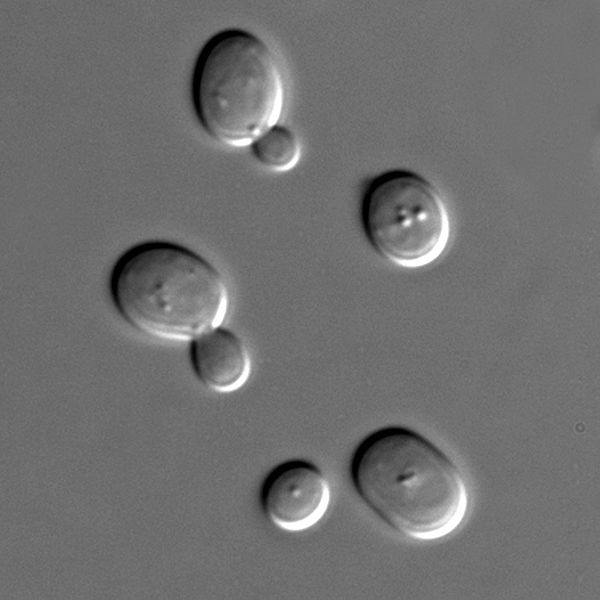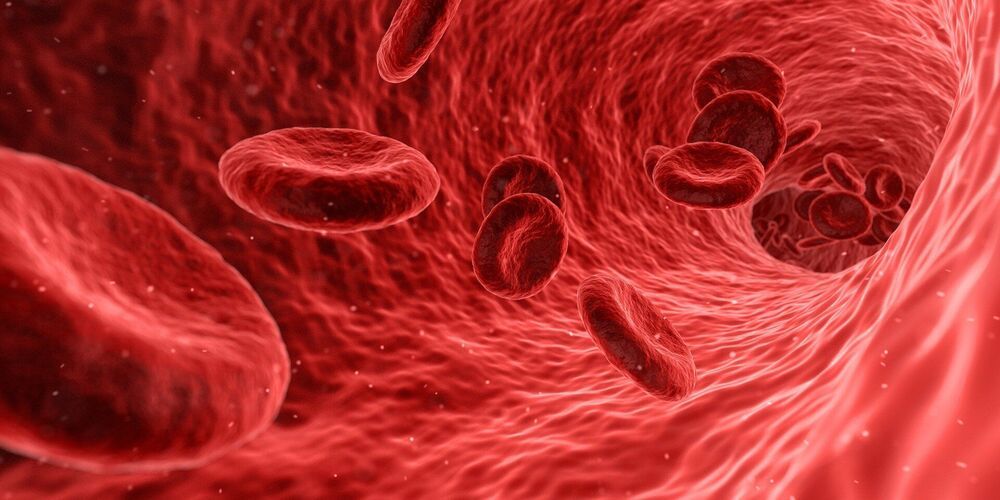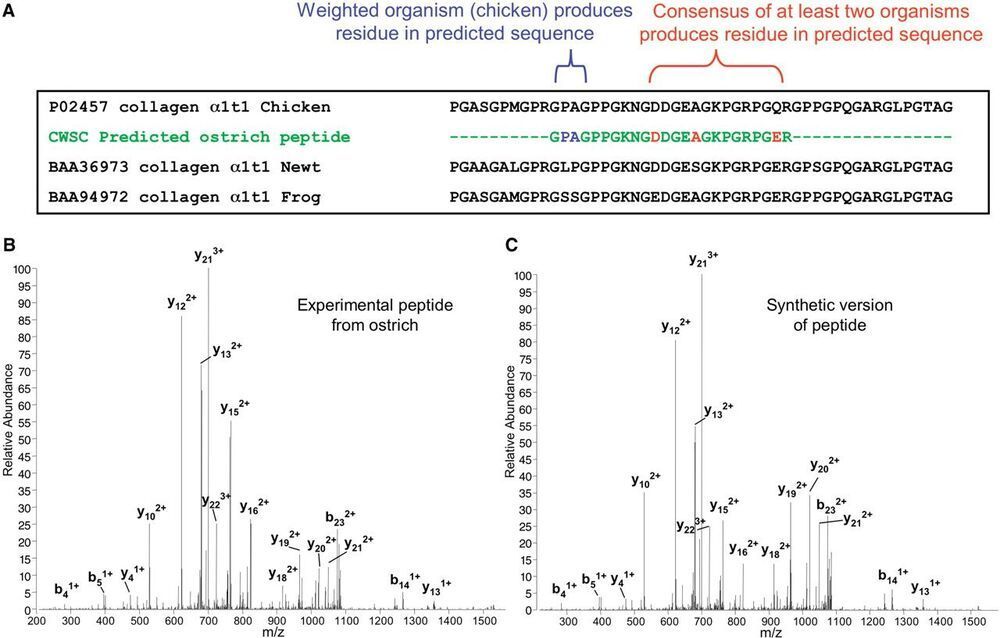This product came out months ago with some shocking numbers as to effect. But those effects were in mice tests. 10–20% increase in lifespan and 55% increase in healthspan. It is AKG, Rejuvant, it’s a product you can buy now. There will be a part 2 of this interview so I hope to hear about human data.
Here we present an interview with Tom Weldon the founder and CEO of Ponce de Leon Health, which makes Rejuvant a Calcium AKG based supplement. In this video Tom talks through the process and reasons for selecting CaAKG. He also talks about some of the other results that they found in their tests, especially with respect to mixing different supplements and their combined effects.
This it part 1 of a two part series. In part 2 we talk about his personal experience and on going clinical trials. With that let me start the interview.
Links to Rejuvant.
https://www.rejuvant.com/
Ponce de Leon Health.
https://pdlhealth.com/
The paper from the Buck institute mentioned in the call.
Alpha-Ketoglutarate, an Endogenous Metabolite, Extends Lifespan and Compresses Morbidity in Aging Mice.
https://pubmed.ncbi.nlm.nih.gov/32877690/
***************************************************************************
If you would like to support our channel, we’d love a coffee…thank you! https://www.buymeacoffee.com/mhealthspan.
Health claims Disclosure: Information provided on this video is not a substitute for direct, individual medical treatment or advice. It is the responsibility of you and your healthcare providers to make all decisions regarding your health. Products or services mentioned in this video are not a recommendation or medical advice.
Audio Copyright Disclaimer:
Please note that we have full authorization to the music that we used in our videos as they were created using the service WeVideo which provides the rights to the music. The rights are detailed in the terms of use that can be reviewed here https://www.wevideo.com/terms-of-use and any following inquiries should be addressed to legal@wevideo.com.
